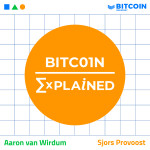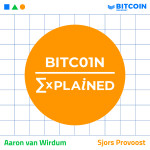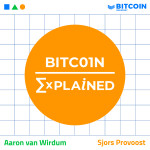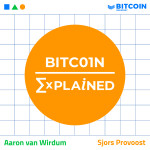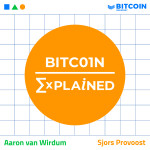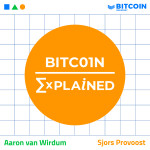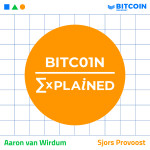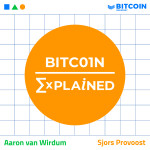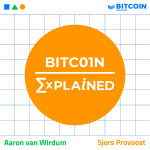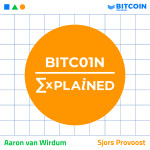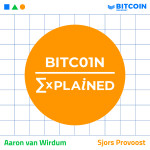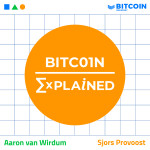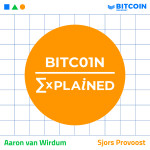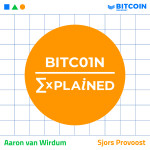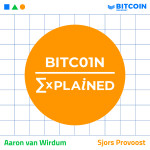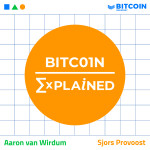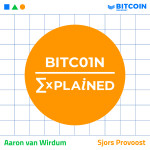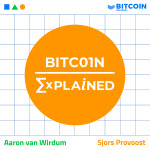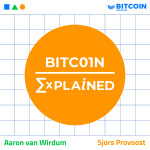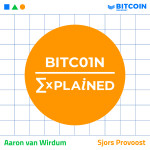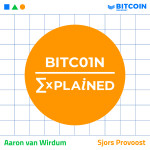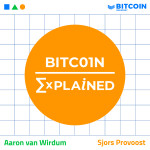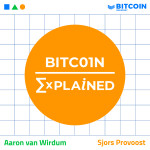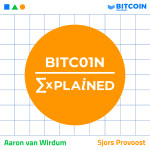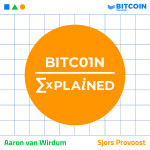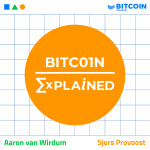
Compact Blocks - Episode 51
Hosts Aaron van Wirdum and Sjors Provoost are back from their travel break for a brand new episode of Bitcoin, Explained! In this episode, they explain how Bitcoin’s peer-to-peer network is made more efficient and fast with Compact Blocks. Compact blocks are — as the name suggests — compact versions of Bitcoin blocks, that have been used by Bitcoin Core nodes since version 0.13. Compact Blocks contain the minimal amount of data required for Bitcoin nodes to reconstruct entire blocks. Most notably, Compact Blocks exclude most transaction data, to instead include short transaction identifiers. Bitcoin nodes can use these short identifiers to figure out which transactions from their mempools should be included in the blocks. Aaron and Sjors explain how and why Compact Blocks benefit the Bitcoin network, and specifically how they help counter mining centralization. The hosts also cover some edge cases that can result from the use of Compact Blocks — like the possibility that different valid transactions can have an identical identifier — and how Bitcoin nodes handle such occurrences. Finally, Sjors briefly touches on some of the ongoing improvements that have been added to the Compact Blocks protocol since it was first introduced.

